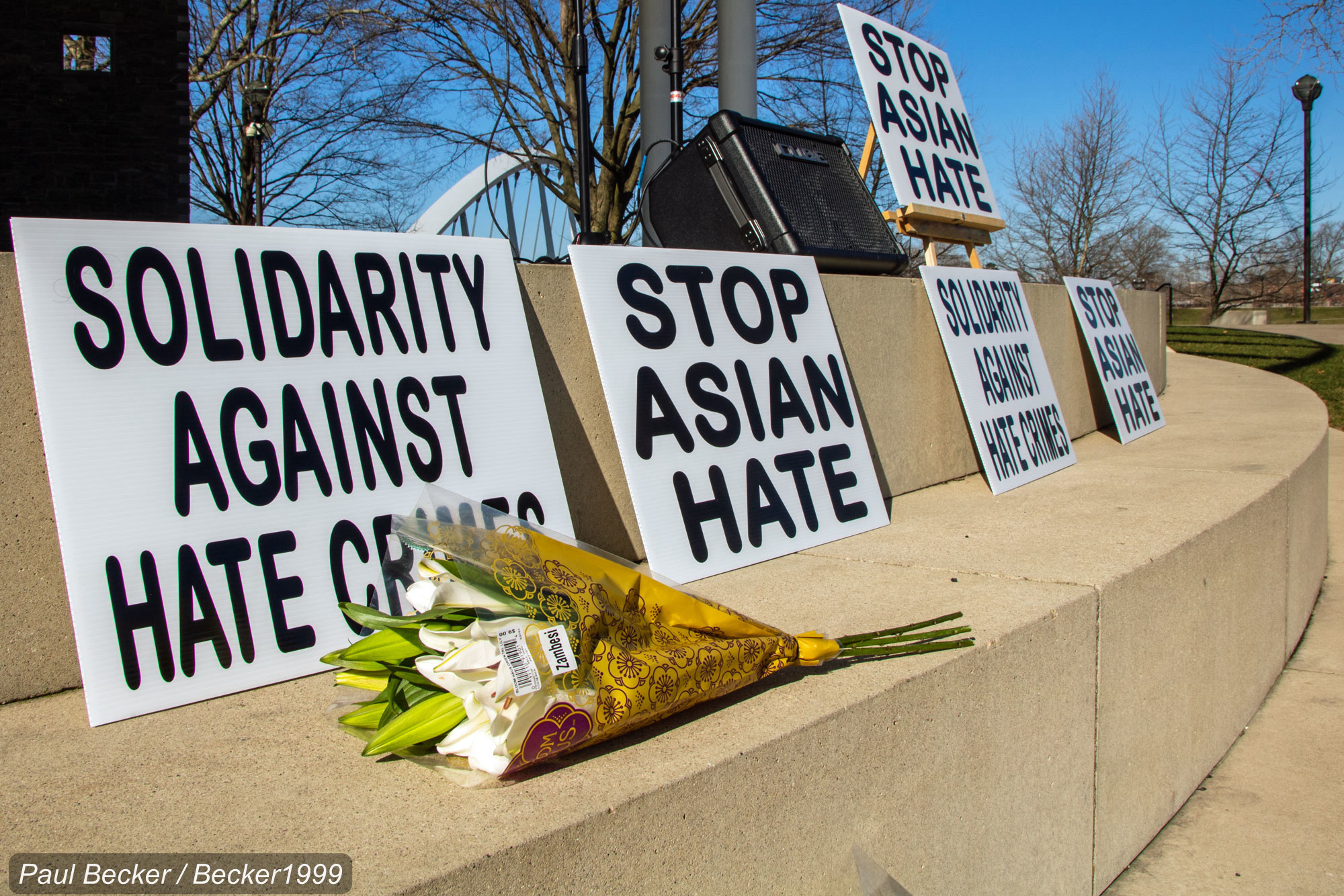The FBI Monday released new hate crime statistics which showed an 11.6 percent rise in hate crimes from 2020 to 2021.
A transition to a new reporting system meant that there was an initial decrease in data recorded in the FBI’s annual report. The supplemental report released Monday provides “a more complete picture” of reported hate crime incidents in the US.
Overall, reported hate crime incidents increased 11.6 percent from 8,120 in 2020 to 9,065 in 2021. The largest increases were reported by agencies operating in jurisdictions with populations of over 1 million; hate crimes reported by these agencies increased 51 percent.
Distribution of victims by bias type shows that 64.5 percent of victims were targeted because of their race, ethnicity or ancestry, which was the largest motivating factor. This represents an increase of 58.2 percent in racially-motivated hate crimes from 2020 to 2021. This increase was largely seen due to the rise in anti-Asian hate crimes. However, the majority of incidents reported targeted Black victims.
Race was followed by sexual orientation at 15.9 percent, which saw the largest increase at 62.8 percent, and religion at a 14.1 percent rise, predominantly against those of Jewish faith.
The majority of hate crime offenses were classified as crimes against persons. 43.2 percent were intimidation, 35.5 percent were simple assault and 20.1 percent were aggravated assault.
Associate Attorney General Vanita Gupta stated that the report demonstrates the FBI’s “unwavering commitment” and that the prosecution of hate crimes is a “top priorit[y]” for the Justice Department. “Hate crimes and the devastation they cause communities have no place in this country,” she continued.
The FBI transitioned from the United Crime Reporting Program (UCR) to the National Incident-Based Reporting System (NIBRS) during the reporting period, following recommendations. However, the initial report was incomplete, with thousands of law enforcement agencies failing to submit data to the new system in time, including some of the largest such as the New York and Los Angeles police departments.
NIBRS allows the FBI to produce estimates for a wider variety of offenses and crime characteristics collected. It has been described as a more “streamlined method” to report crime data “leading to more effective resource allocation and improved public safety.”


